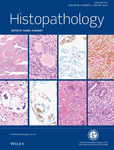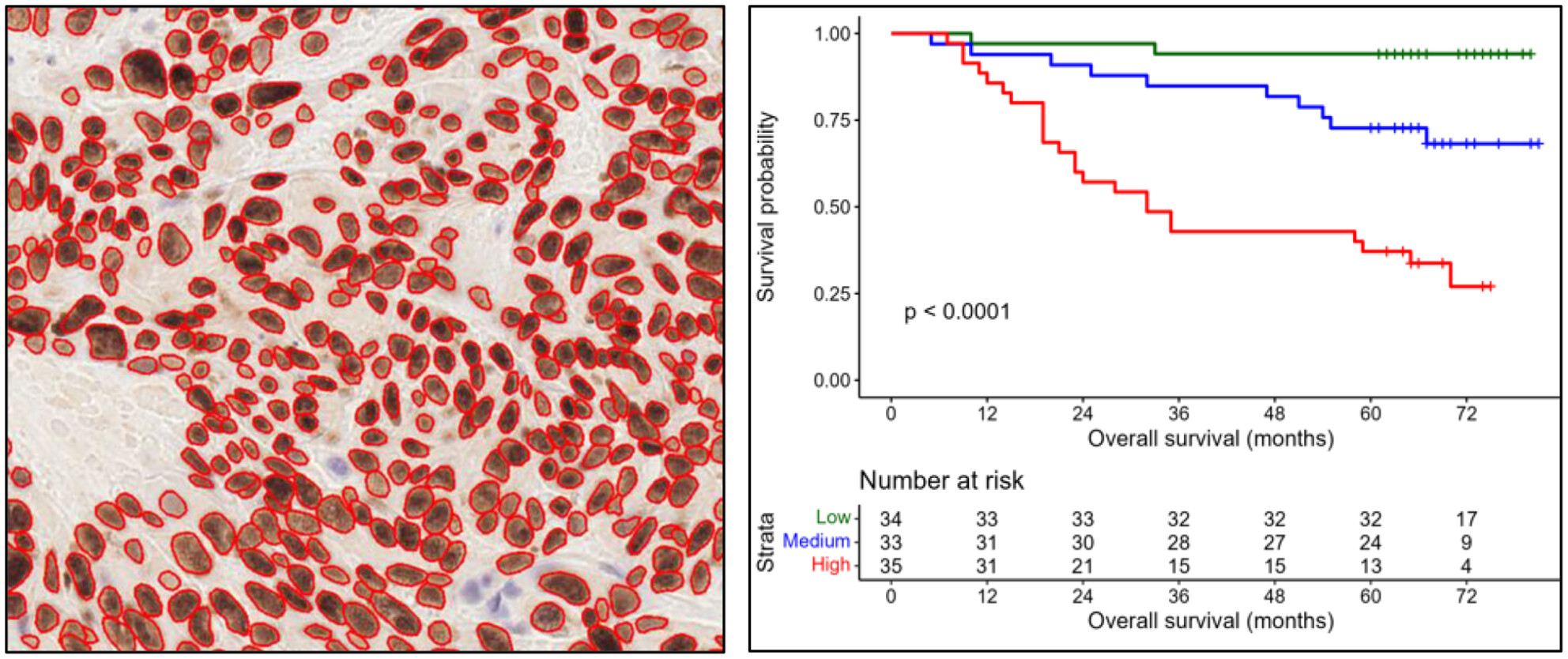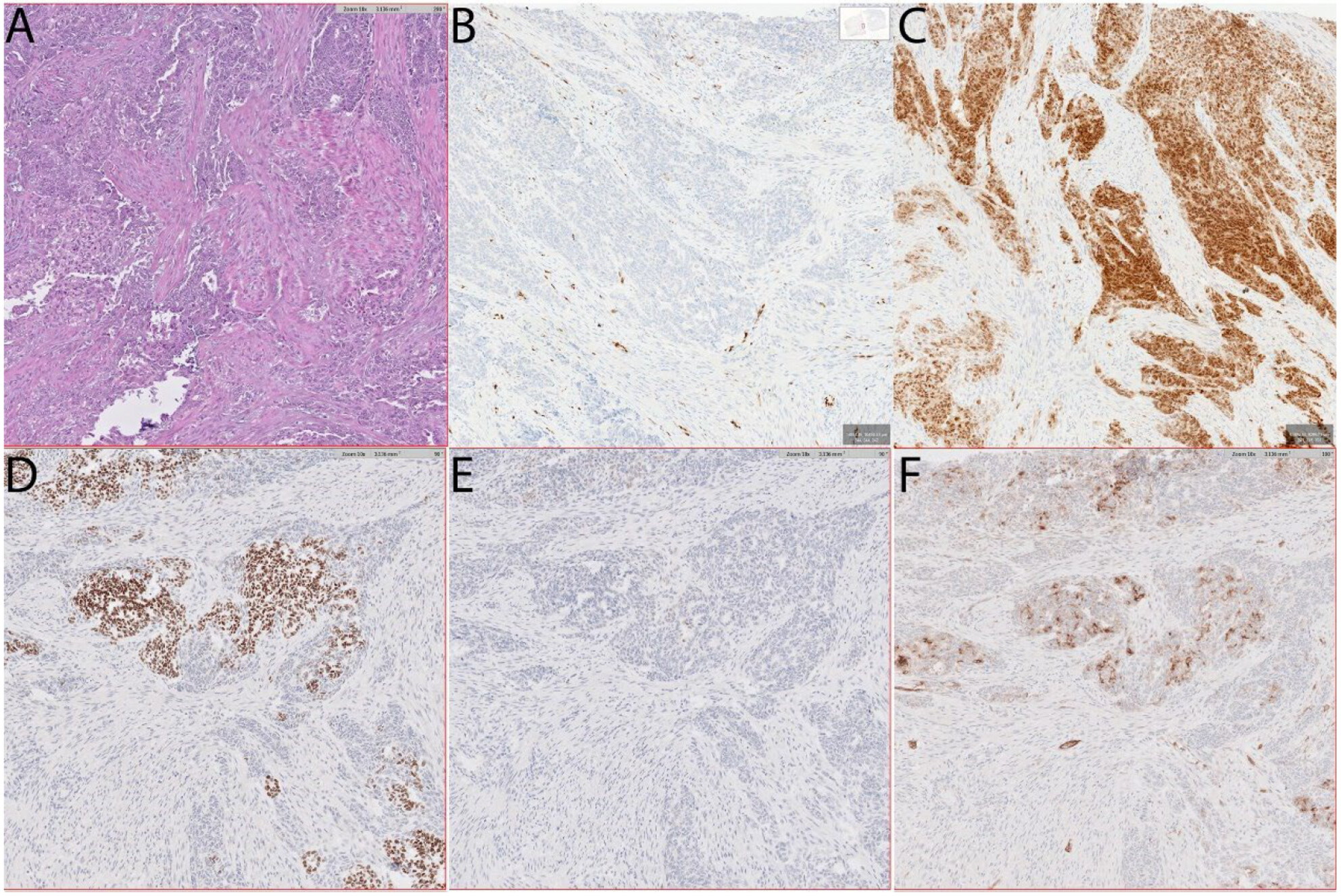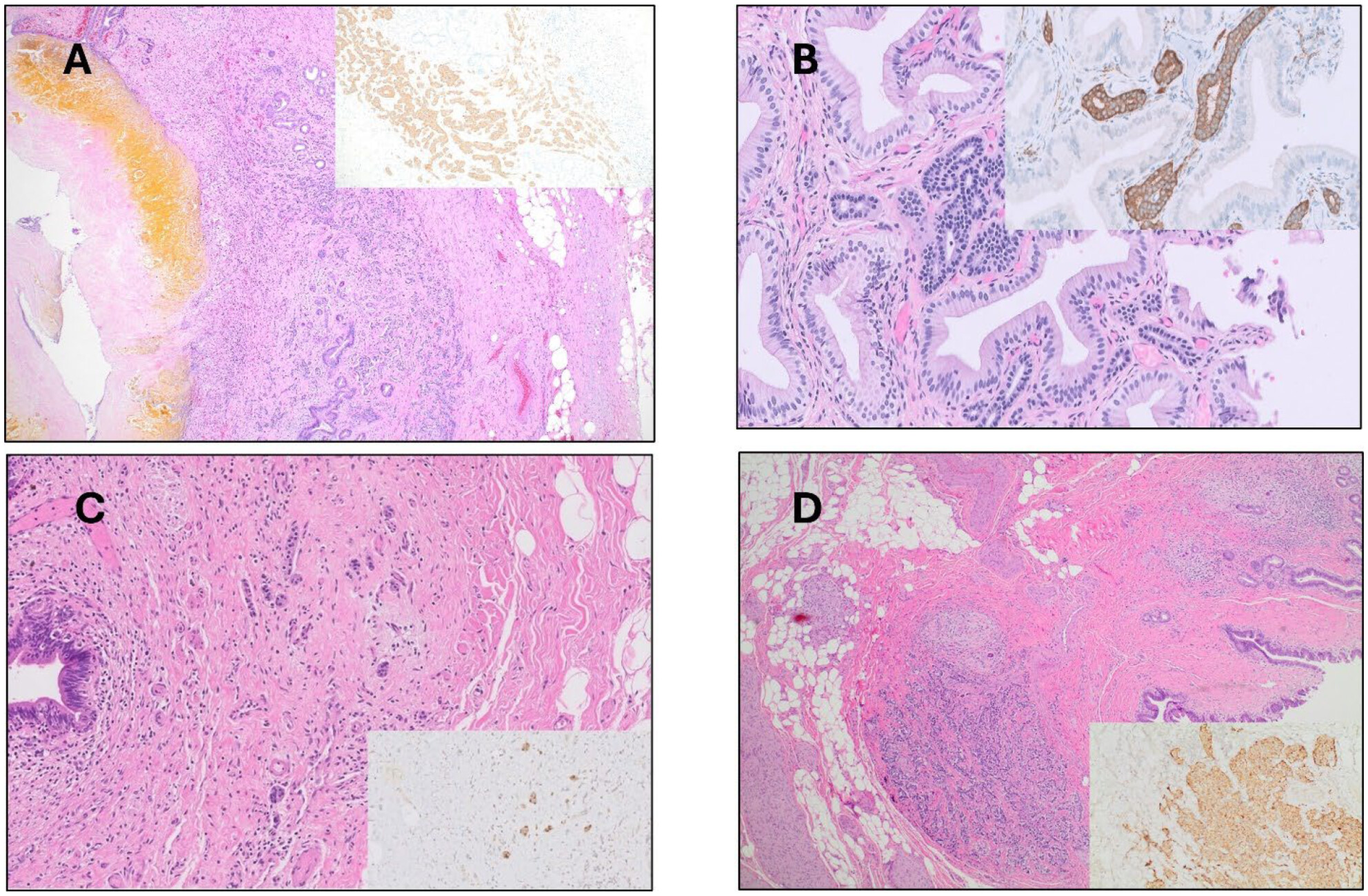Journal list menu
Export Citations
Download PDFs
Issue Information
Review
Practical guidance for assessing and reporting lymphovascular space invasion (LVSI) in endometrial carcinoma
- Pages: 173-182
- First Published: 27 June 2024
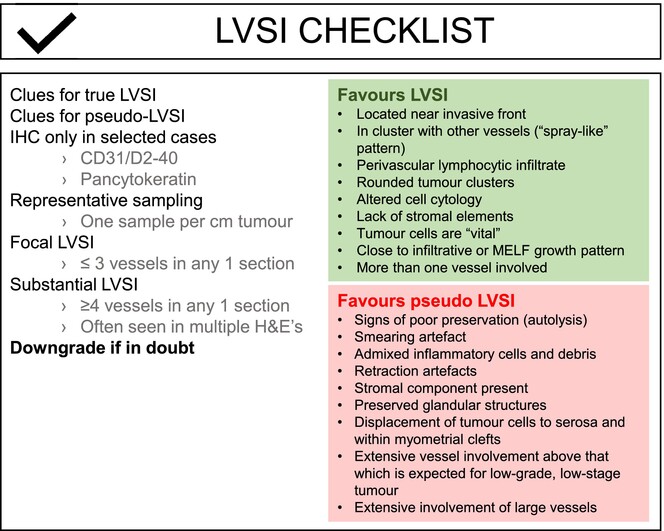
The ‘LVSI checklist’ lists features that favour LVSI and pseudo-LVSI. Lymphovascular space invasion (LVSI) assessment in endometrial cancer can be challenging at times. This review provides practical guidance and is summarised in this LVSI checklist. A list of morphological clues to true and pseudo-LVSI is provided for practising pathologists to support the assessment of LVSI.
Update of newly-recognized salivary gland neoplasms: molecular and immunohistochemical findings and clinical importance
- Pages: 183-198
- First Published: 07 August 2024
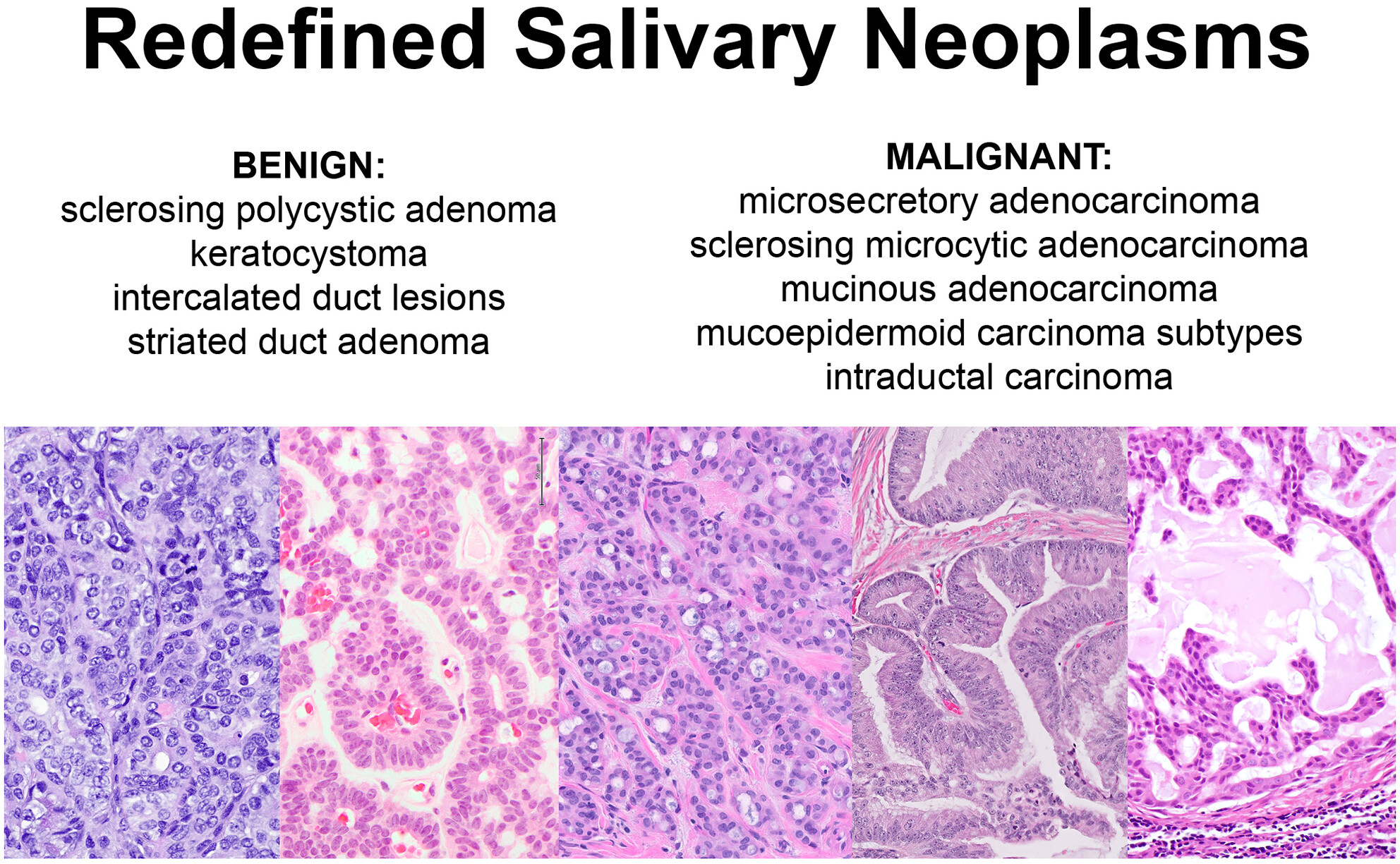
Molecular, immunohistochemical, and clinical understanding of salivary gland lesions has advanced in recent years, yielding reclassification and a shift in nomenclature of benign and malignant neoplasms. Pathogenic understanding, clinical treatment, and patient prognostication will improve with increasing knowledge of these diverse entities.
Editorial
Computer vision methods under rapid evolution for pathology image tasks
- Pages: 199-203
- First Published: 22 October 2024
Original Article
Advancing Ki67 hotspot detection in breast cancer: a comparative analysis of automated digital image analysis algorithms
- Pages: 204-213
- First Published: 05 August 2024
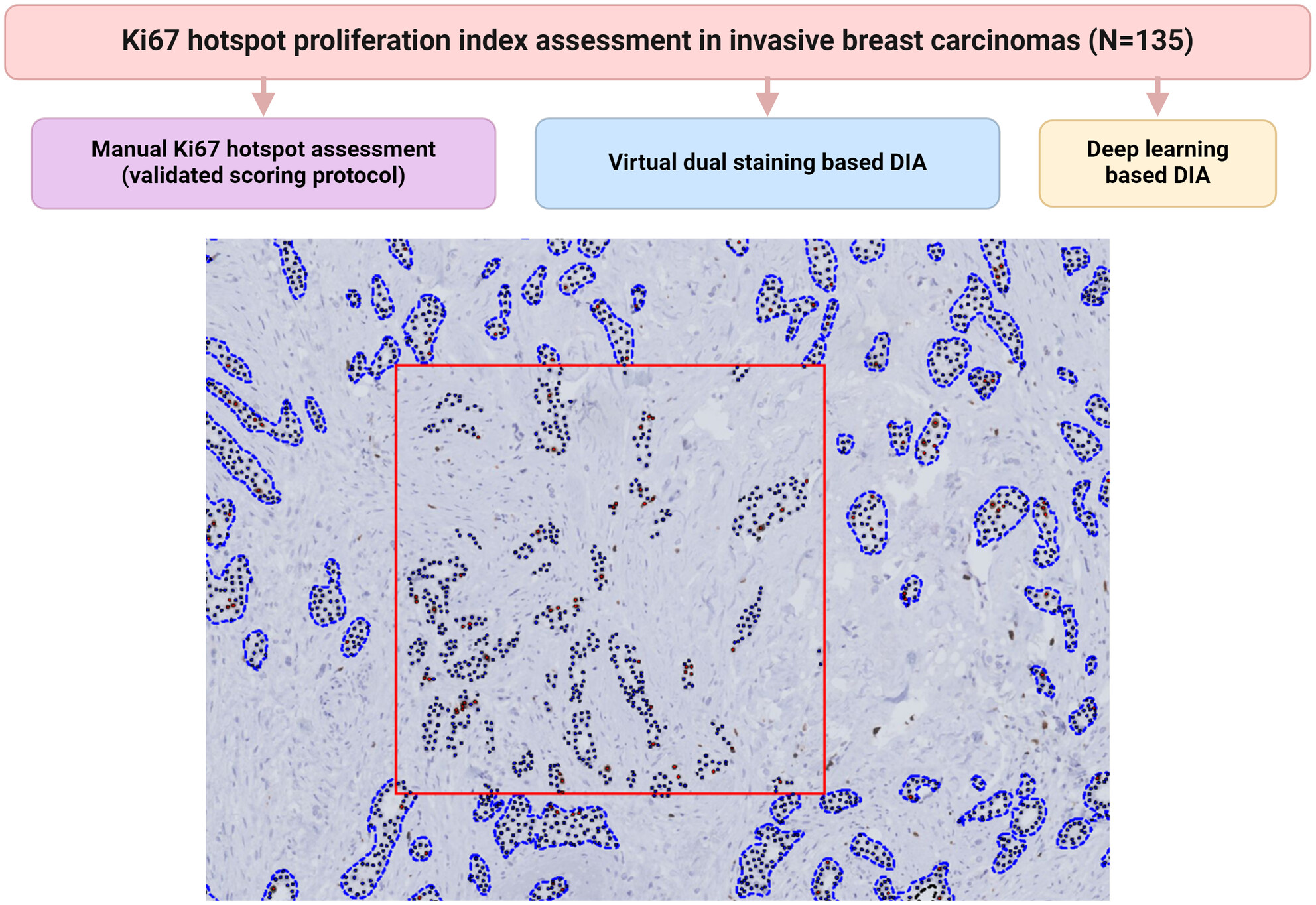
Manual assessment of Ki67 hotspots is difficult and prone to variability. Automated Ki67 hotspot assessment correlated strongly with manual Ki67 assessment and provided higher Ki67 PIs. DL-based automated Ki67 assessment has high clinical applicability, because it does not depend on virtual alignment of slides and correlates strongly with manual scoring.
Subungual melanoma: molecular analysis of 31 cases from early stage to invasive melanoma
- Pages: 214-225
- First Published: 13 August 2024
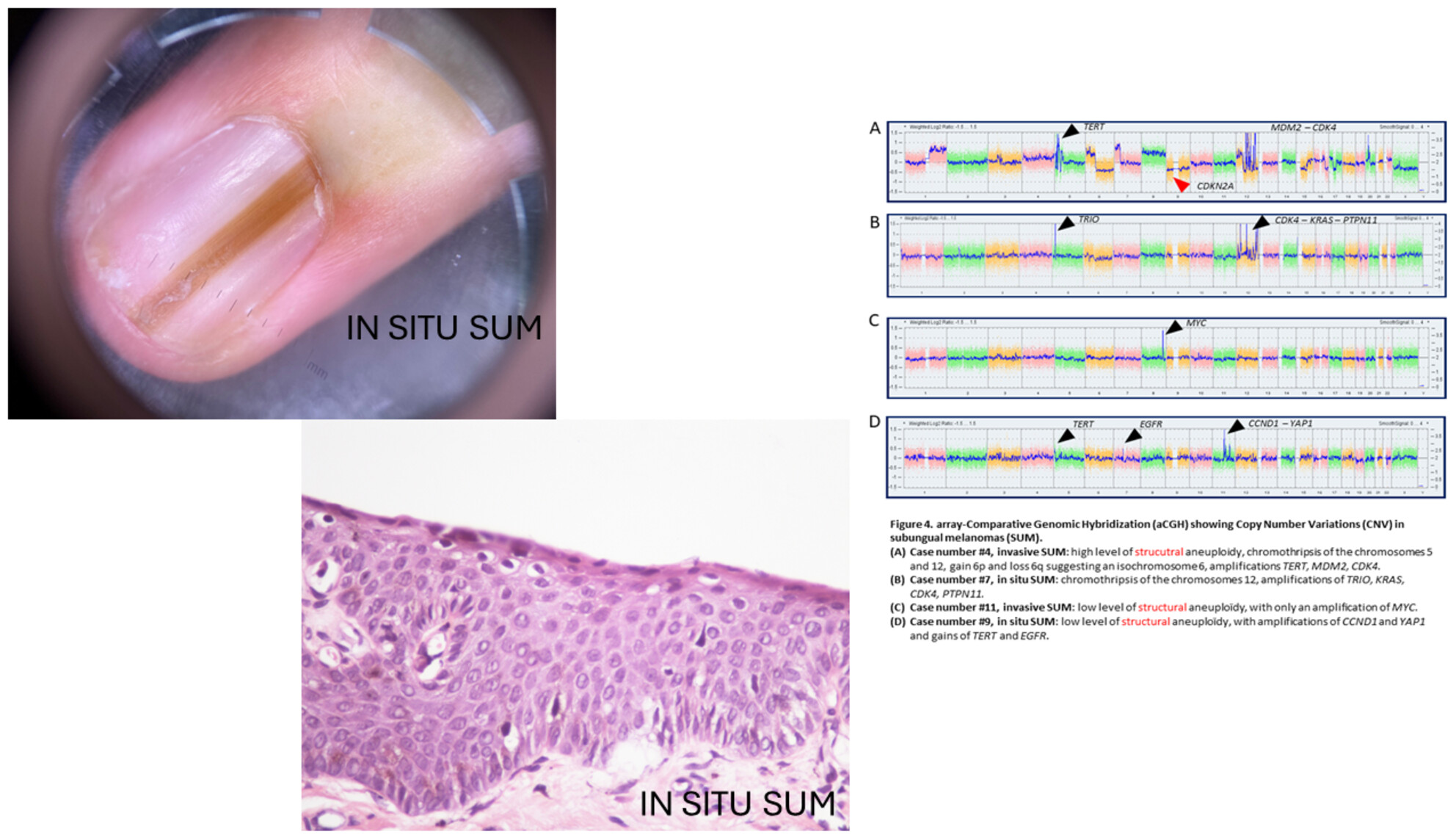
To distinguish malignant from benign lesions, especially in situ SUM versus atypical lentiginous melanocytic proliferations, aCGH analysis should be performed when the MC is above 45/mm. This pangenomic method can detect oncogene amplifications, as well as a number of CNV >3, which strongly support the diagnosis of malignancy.
Proof of concept that melanoma nuclear count compares favourably with the benchmark histological prognostic feature, Breslow thickness
- Pages: 226-235
- First Published: 13 August 2024
Medullary carcinomas of the nonampullary small intestine: association with coeliac disease, mismatch repair deficiency, PD-L1 expression, and favourable prognosis
- Pages: 236-246
- First Published: 28 August 2024
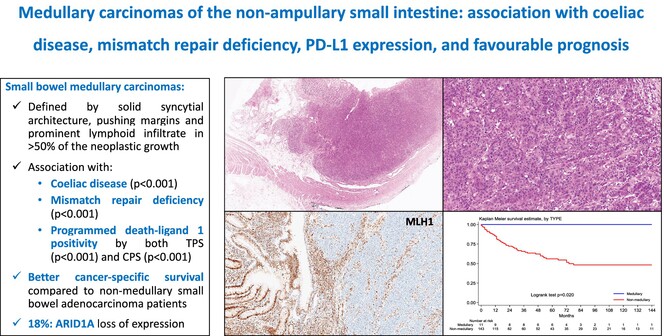
Nonampullary small bowel medullary carcinomas are associated with coeliac disease and show higher rates of mismatch repair deficiency and PD-L1 positivity, as well as a more favourable outcome, compared to nonmedullary cases. They should be considered a distinct subtype of small bowel adenocarcinoma.
The utility of DNA methylation profiling in the diagnosis of un-, de- and trans-differentiated melanoma: a series of 11 cases
- Pages: 247-259
- First Published: 02 September 2024
Pathological features of connective tissue disease-associated interstitial lung disease in transbronchial cryobiopsies
- Pages: 260-267
- First Published: 02 September 2024

Usual interstitial pneumonia (UIP) in a transbronchial cryobiopsy from a patient with an underlying connective tissue disease (CTD). UIP is one of the patterns seen in cryobiopsies from CTD patients and usually is not separable from UIP in patients with idiopathic pulmonary fibrosis or fibrotic hypersensitivity pneumonitis in this type of biopsy.
Identifying mesonephric-like adenocarcinoma of the endometrium by combining SOX17 and PAX8 immunohistochemistry
- Pages: 268-277
- First Published: 04 September 2024
HER2-positive grade 1 invasive carcinomas of the breast
- Pages: 278-284
- First Published: 11 September 2024
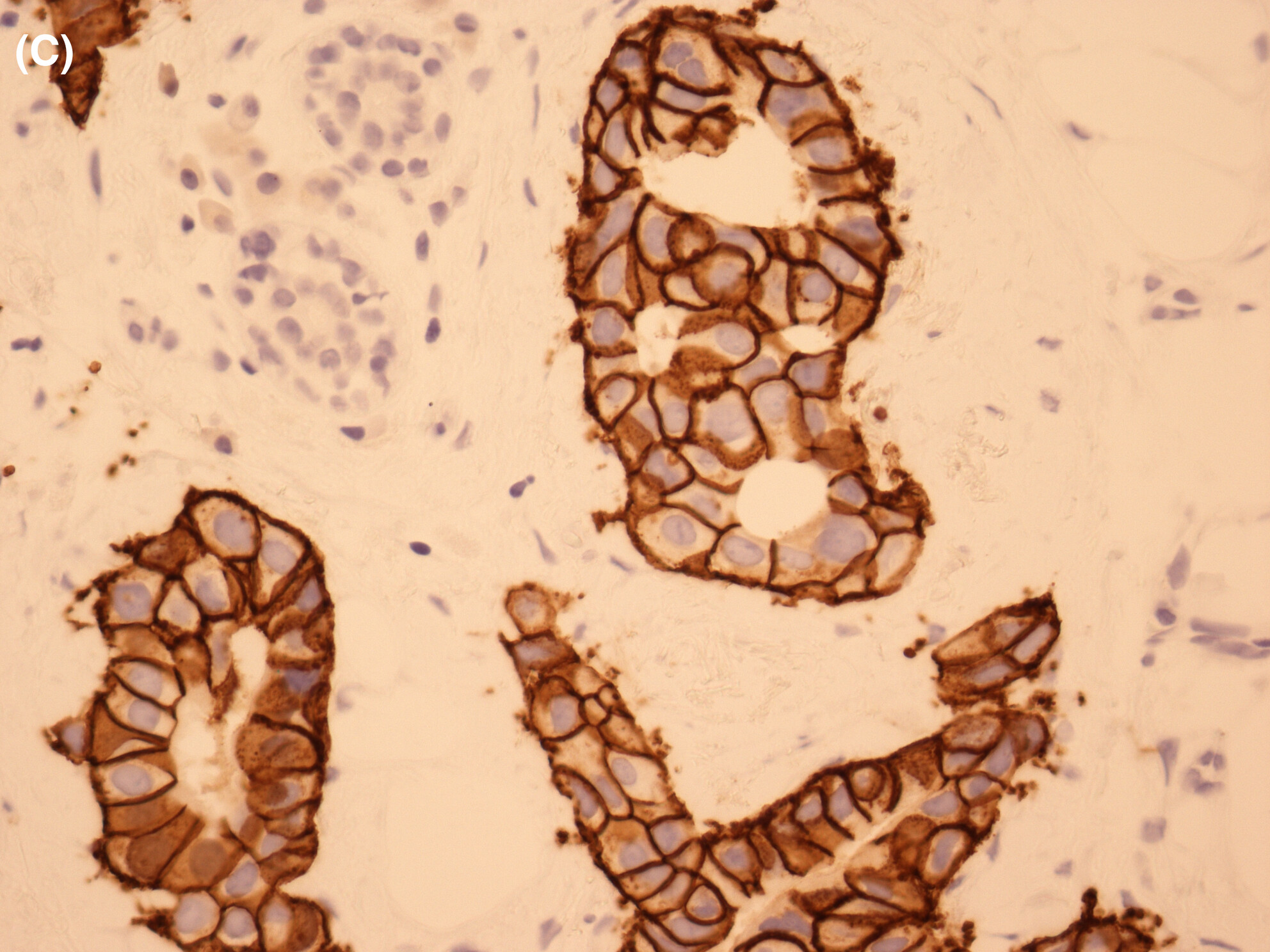
HER2-positive grade 1 carcinomas are uncommon and more often have marked nuclear pleomorphism and lack oestrogen receptor and progesterone receptor expression compared with HER2-negative grade 1 carcinomas. A HER2-positive result in the core biopsy was confirmed in 11 of 13 tumours that had repeat testing.
Spectra of well-differentiated neuroendocrine lesions in the extrahepatic biliary system: a case series
- Pages: 285-293
- First Published: 12 September 2024
BRCA1-associated-protein-1 inactivated melanocytic tumours: characterisation of the clinicopathological spectrum and immunohistochemical expression pattern of preferentially expressed antigen in melanoma
- Pages: 294-301
- First Published: 13 September 2024

BAP1-inactivated tumours (BIMT) are indolent proliferations of dermal epithelioid melanocytes with nuclear loss of BAP1, and can present with severe cytological atypia. PRAME (preferentially expressed antigen in melanoma) immunohistochemistry consistently shows patchy and weak staining in BIMT and serves as a reassuring tool to distinguish BIMT from melanoma.
Short Report
How many polyps need to be histologically assessed when multiple polyps are submitted for the Bowel Cancer Screening Program?
- Pages: 302-305
- First Published: 07 October 2024
Correspondence
Intra-oral extralingual ectomesenchymal chondromyxoid tumour involving the hard palate with molecular confirmation
- Pages: 306-308
- First Published: 07 October 2024
Importance of the criteria used for assessment of lymphovascular space invasion in endometrial carcinoma
- Pages: 308-311
- First Published: 26 September 2024
Infiltrative epitheliosis of the breast; a pitfall for pathologists, a case report and a review focusing on the diagnostic approach and interpretative pitfalls
- Pages: 311-313
- First Published: 15 October 2024




